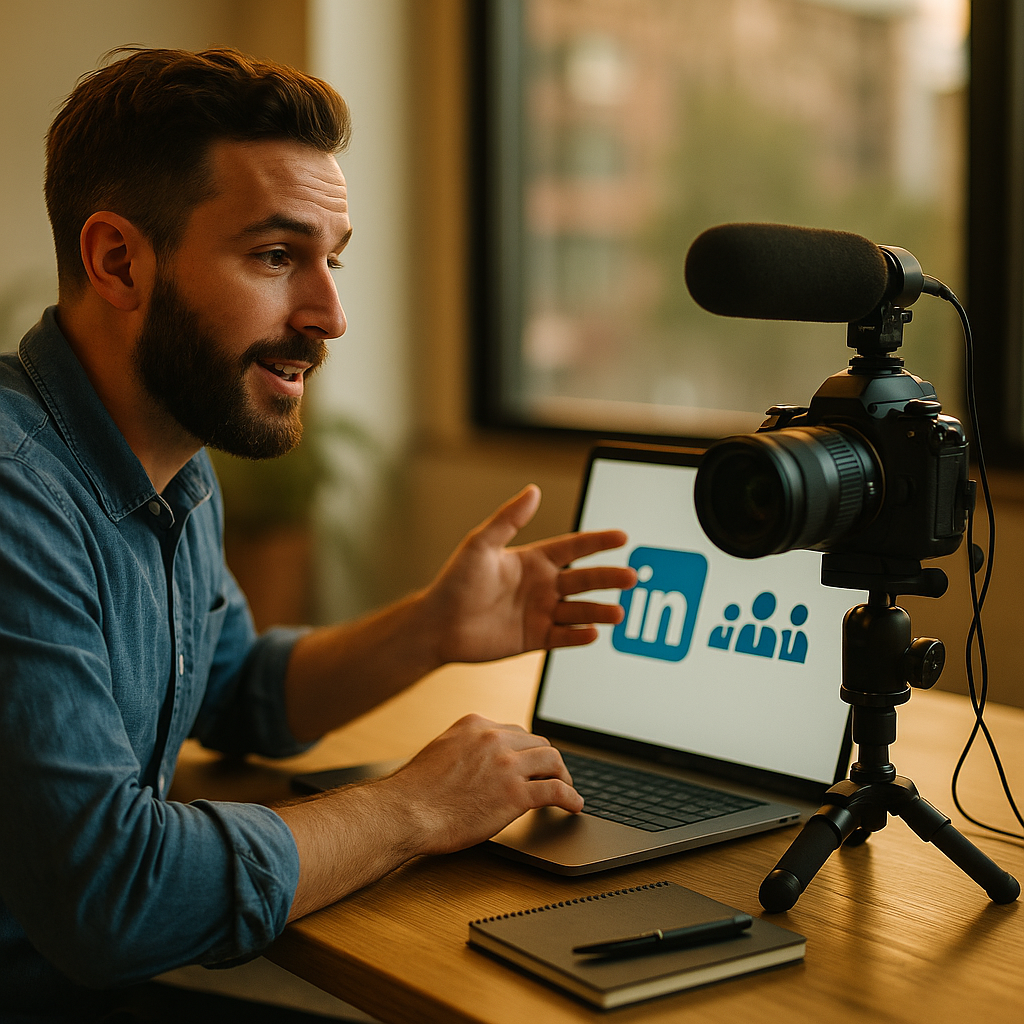B2B SaaS companies are constantly innovating to boost sales-qualified leads. One powerful 2025 tactic: partnering with LinkedIn influencers to drive marketing qualified leads (MQLs). In this case study, discover how a fast-growing SaaS provider harnessed LinkedIn’s influential voices to dramatically increase their MQL pipeline—and what your business can learn from their results.
Understanding LinkedIn Influencer Marketing for B2B SaaS Brands
LinkedIn influencer marketing has become a cornerstone for B2B SaaS brands aiming to reach decision-makers and influencers in their target markets. By collaborating with professionals with large, engaged audiences, B2B SaaS companies tap into trusted networks to build credibility, drive awareness, and spark conversions.
These influencers often include:
- Industry analysts
- Consultants
- Subject matter experts
- Well-known tech founders or executives
Why focus on LinkedIn? Recent data from LinkedIn reveals that nearly 80% of B2B leads sourced from social media originate from the LinkedIn platform, underlining its unique value for SaaS lead generation. By leveraging influencer voices, companies can escape ad fatigue and foster authentic engagement among business buyers.
Selecting the Right LinkedIn Influencers for SaaS MQL Generation
For this case study, the SaaS company established precise criteria for influencer selection grounded in EEAT best practices—Expertise, Experience, Authoritativeness, and Trustworthiness. Their processes included:
- Researching leaderboards and hashtags in their SaaS niche
- Analyzing engagement rates, follower demographics, and posting styles
- Reviewing past sponsorships for authenticity and alignment with company values
- Verifying each influencer’s professional credentials and SaaS domain expertise
Ultimately, the company chose a blend of micro-influencers (10,000-30,000 followers) and macro-influencers (over 100,000 followers) whose audiences aligned with their ideal customer profile. They prioritized transparency, requiring influencers to disclose partnerships and reinforcing brand credibility with every sponsored post.
Crafting and Executing Authentic LinkedIn Influencer Campaigns
Instead of traditional product plugs, this SaaS provider focused on “value-first” campaigns. They co-created high-value content that addressed real-world SaaS pain points, trends, and solutions—positioning their product as a partner rather than a pitch. Key tactics included:
- Long-form LinkedIn posts with practical frameworks and metrics
- Panel discussions and livestreams hosted by influencers
- Original data reports co-authored with the influencer
- Influencer-driven case studies showcasing SaaS ROI
EEAT principles were at the core—every asset was rooted in the influencer’s genuine expertise, personal anecdotes, and transparent disclosures of their partnership. The SaaS company ensured that all content complied with LinkedIn’s branded content policy and focused on providing real value, not just visibility.
Measuring Impact: MQL Pipeline Growth from LinkedIn Influencers
Within three months, the SaaS company saw a 310% increase in MQLs from LinkedIn. Here’s how they tracked and optimized results:
- Custom UTM Parameters: Every influencer post included unique tracking links to attribute MQLs.
- MQL Quality Analysis: Leads generated from influencer campaigns had a 27% higher conversion to sales-qualified lead (SQL) compared to other channels.
- CRM Integration: Automated syncing with their CRM enabled closed-loop reporting and ROI measurement.
- Feedback Loop: Biweekly reviews with influencers ensured ongoing optimization.
They didn’t just count leads—they qualified the business impact at every stage, connecting influencer content to pipeline outcomes. Stakeholder interviews revealed a marked uptick in brand trust and “warm” referrals, strengthening sales conversations.
Lessons Learned and Best Practices for B2B LinkedIn Influencer Campaigns
The company distilled several learnings from this LinkedIn influencer strategy, relevant to any B2B SaaS marketer aiming to drive MQLs in 2025:
- Prioritize Professional Alignment: Influence is only valuable when the audience matches your ICP. Dig deep into influencer metrics and community sentiment.
- Co-Create Educational Content: Let influencers contribute their expertise—joint case studies, live events, and opinion pieces performed best.
- Use Clear CTAs and Personalized Landing Pages: Guide engaged prospects to tailored resources that drive conversion, not generic homepages.
- Measure Relational as Well as Quantitative Impact: Pay attention to sentiment, direct feedback, and influencer advocacy that outlasts the campaign itself.
- Stay Transparent: Adhere to disclosure rules for both legal compliance and bolstering trust.
Each step reinforced the value-add for all parties: the influencer provided industry insights, prospects gained actionable takeaways, and the SaaS brand fueled its MQL engine with qualified, interested buyers.
Future Outlook: Evolving Your SaaS LinkedIn Influencer Strategy in 2025
Building on this success, forward-thinking SaaS brands are now exploring:
- AI-driven influencer identification to further refine targeting
- Deeper partnerships with influencers as strategic ambassadors, not just content sponsors
- Integration of interactive formats, like LinkedIn newsletters and live AMAs, to boost real-time engagement
- Greater focus on micro-influencers with highly engaged vertical communities
As B2B buyers become more discerning, the demand for authentic, experience-driven content will only grow. The most effective SaaS companies are making influencer relationships a core part of their 2025 go-to-market playbook, driving not only more MQLs but customer loyalty and advocacy.
FAQs: B2B SaaS LinkedIn Influencer Campaigns and MQLs
- What qualifies as an MQL for B2B SaaS?
A Marketing Qualified Lead (MQL) is a prospect who has demonstrated interest—such as downloading gated content or attending a webinar—that signals intent and meets pre-set criteria defined by marketing and sales teams. - How do you measure the ROI of LinkedIn influencer campaigns?
Track UTM codes, CRM data, and post-campaign interviews to attribute new leads, conversions, and pipeline revenue directly to influencer content. - Are micro-influencers as effective as larger influencers?
Often, micro-influencers drive higher engagement and trust in niche SaaS verticals, making them extremely effective for targeted MQL generation. - How much should a B2B SaaS company budget for influencer marketing?
Budgets vary widely, but leading companies invest 10-20% of their social media spend on influencer partnerships, prioritizing quality over sheer reach. - What’s the biggest mistake to avoid?
The most common misstep is treating influencer content like paid ads. Authenticity, expertise, and value-driven collaboration are non-negotiable for success.
In summary, B2B SaaS companies that leverage LinkedIn influencers with a transparent, value-focused approach can dramatically grow their MQL pipelines. Strategic partnerships and measurable impact make influencer marketing an essential element of SaaS growth in 2025.
